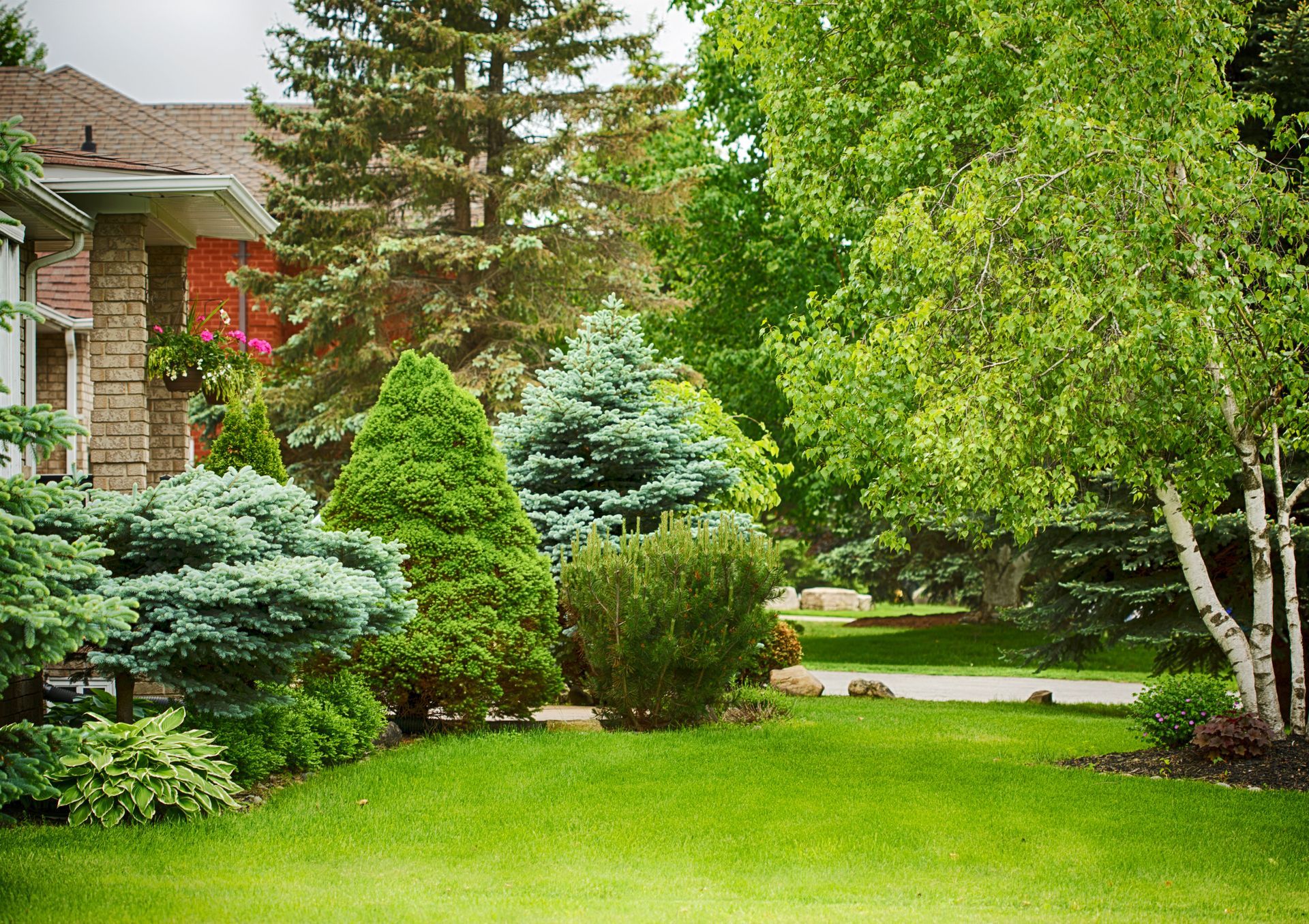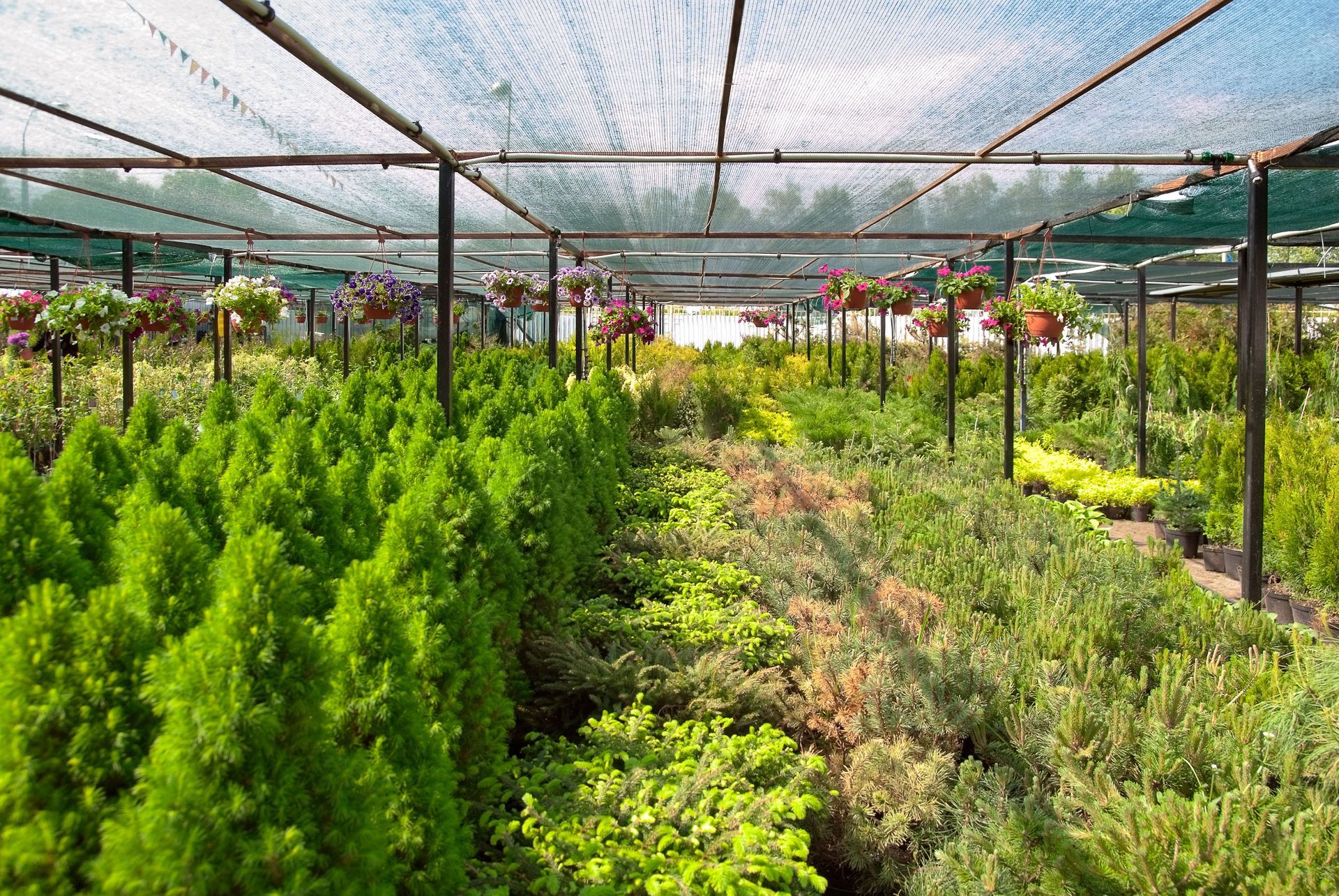November 29, 2025
Choosing the right landscaping company for your home is a critical decision for homeowners looking to improve their outdoor spaces. A thoughtful landscape design enhances curb appeal, boosts property value, and creates a peaceful and functional environment. Professional landscapers can transform ordinary yards into vibrant spaces, incorporating design elements such as flowering plants, shrubs, and mature trees that enhance beauty while serving practical purposes. With their expertise, homeowners can achieve landscapes that are both visually stunning and sustainable, improving overall enjoyment of their outdoor areas. A skilled landscaping team also brings valuable knowledge about plant selection, soil conditions, drainage, and long-term maintenance needs. This ensures that every choice, from hardscaping materials to tree placement, is tailored to your specific climate and property layout. Additionally, expert landscapers understand how to balance aesthetics with functionality, creating spaces that are easy to navigate and enjoyable year-round. Whether you want a serene garden retreat, a family-friendly yard, or a bold, modern outdoor design, the right professionals can bring your vision to life. By investing in quality landscaping services, homeowners gain not only a more attractive yard but also a space that supports outdoor living, relaxation, and long-term property appeal. Understanding Your Landscaping Needs and Vision Before contacting a landscaping company, it is essential to evaluate your current yard and establish your goals. Take inventory of existing elements including plants, shrubs, and trees, along with hardscape features like patios or fences. Knowing what already exists helps determine what should remain, be replaced, or added. Clearly defining the purpose of your outdoor space, whether for entertaining, relaxation, or a play area for children, guides the design process. Professional landscapers can then tailor solutions that meet these goals, integrating trees and other features to enhance aesthetics and function. Evaluating Budget and Design Preferences Budgeting is crucial when planning a landscaping project to ensure that designs remain achievable and realistic. Costs include both labor and materials, which can vary widely depending on the scale of the project. Additionally, identifying design preferences early, whether modern, minimalist, tropical, or classic, helps guide professional landscapers in creating a cohesive vision. Trees often play a significant role in these designs, providing shade, visual interest, and ecological benefits. Aligning budget and design priorities ensures the project stays manageable while achieving a polished and professional result. Researching Landscaping Companies Thoroughly Begin your search by gathering recommendations from friends, family, and neighbors, as well as reviewing online testimonials. Positive feedback from previous clients often signals quality and reliability, which is especially important given that, according to Ruby Home, more than 70% of landscaping businesses have just 1-4 employees. Smaller companies can provide more personalized attention, often offering specialized expertise in planting and maintaining trees. Assessing multiple sources of information gives homeowners confidence in selecting a professional capable of delivering consistent and high-quality results. Verifying Credentials and Experience It is critical to ensure that the landscaping company holds proper licensing and insurance, demonstrating professionalism and accountability. Additionally, reviewing experience with projects similar in scale and complexity helps determine suitability for your specific needs. Memberships in professional associations, certifications, and years of practical experience can indicate expertise in planting and maintaining trees, designing layouts, and integrating hardscape elements. Experienced providers offer peace of mind, knowing they have successfully managed projects with similar requirements and challenges. Reviewing Portfolios and Past Work A landscaping company's portfolio serves as a tangible showcase of their skills, design range, and craftsmanship. Reviewing images of completed projects highlights their ability to transform spaces, especially in integrating mature trees for both aesthetics and function. Pay attention to the diversity and creativity of their designs, noting before-and-after transformations. A strong portfolio reassures homeowners that the company can meet expectations, particularly regarding tree placement, plant selection, and overall landscaping harmony. Limited or repetitive work in a portfolio may signal a narrower skill set. Understanding Specializations and Services Landscaping companies often have specific areas of expertise. Some focus on hardscaping, water features, or sustainable plant installations, while others excel at tree planting, pruning, and care. Understanding these specialties ensures the company can provide services aligned with your vision. Ask detailed questions about experience with trees, including species selection, maintenance, and long-term health. Aligning a company's strengths with project goals ensures optimal outcomes, whether planting new trees, enhancing existing ones, or incorporating them into broader landscape designs. Checking References and Client Satisfaction Speaking with previous clients gives insight into a company's reliability, communication, and ability to deliver results. Ask about satisfaction with the completed landscape, how well timelines and budgets were adhered to, and the quality of tree care and plantings. Firsthand accounts often reveal details that portfolios and reviews do not, including how the company handled challenges or unexpected issues. Reliable companies are typically willing to provide references and facilitate conversations with past clients, allowing homeowners to make informed decisions with confidence. Assessing Professionalism and Communication Professionalism and clear communication are essential indicators of a landscaping company's quality. From the initial consultation, observe how attentively representatives listen, respond to questions, and interpret your ideas. Efficient communication, timely responses, and transparency regarding services, including tree planting and maintenance, demonstrate reliability. Companies that communicate well ensure that your expectations are understood, project timelines are maintained, and surprises are minimized. Establishing a strong rapport early sets the stage for a successful collaboration. Evaluating Project Scope and Execution Understanding the full scope of your landscaping project allows for accurate planning and ensures that the chosen company has the capacity to execute it effectively. Projects may range from simple lawn care and plantings to complex installations involving trees, irrigation, lighting, and hardscaping. Professional providers help break down tasks, timelines, and required resources, ensuring the proper placement and care of trees for long-term success. Clarity in scope prevents misunderstandings and ensures the project aligns with both design and practical needs, ultimately enhancing the beauty and usability of your outdoor space. Considering Long-Term Tree Care and Maintenance Trees are living investments that require ongoing attention to maintain health, shape, and safety. Professional landscaping companies often provide comprehensive tree care, including pruning, fertilization, pest control, and seasonal assessments. Proper maintenance enhances tree longevity and preserves the aesthetic integrity of the landscape. By collaborating with experts, homeowners can ensure that newly planted or existing trees thrive for years to come. Incorporating trees thoughtfully also creates shade, improves air quality, and adds value to your property, reinforcing the benefits of professional landscaping services. Selecting the right landscaping company requires careful consideration of expertise, professionalism, communication, and the ability to meet your design goals. Companies with experience in planting and maintaining trees offer significant advantages, ensuring that your landscape is both functional and beautiful. By reviewing portfolios, checking references, and evaluating their approach to tree care, homeowners can confidently choose a provider that aligns with their vision. Additionally, a skilled landscaping company can offer advice on seasonal care, soil health, and tree placement to maximize growth and longevity. Proper planning and maintenance also help prevent future issues such as disease, overgrowth, or damage from storms, creating a sustainable and safe outdoor environment. Expert guidance helps transform outdoor spaces into enduring landscapes that reflect personal style while maintaining environmental and functional benefits. For professional landscaping services, including expert tree care, homeowners can rely on Trees 'N' Scapes, Inc: reach out today!








Share On: